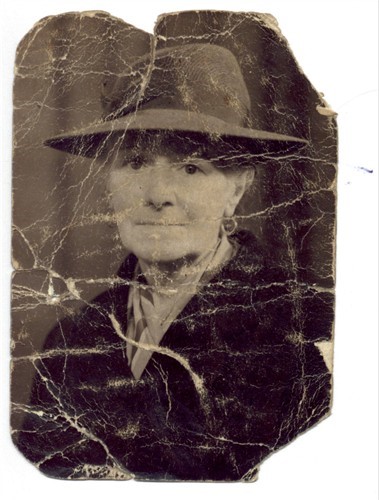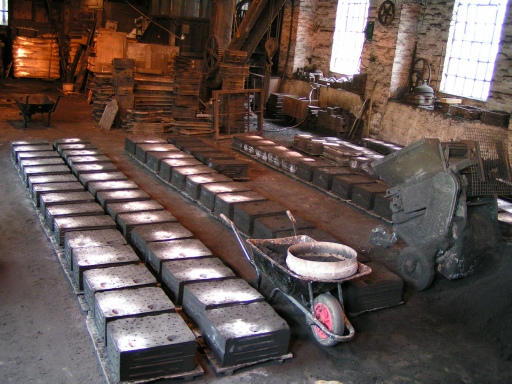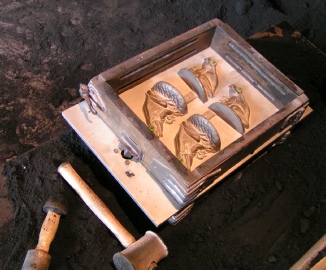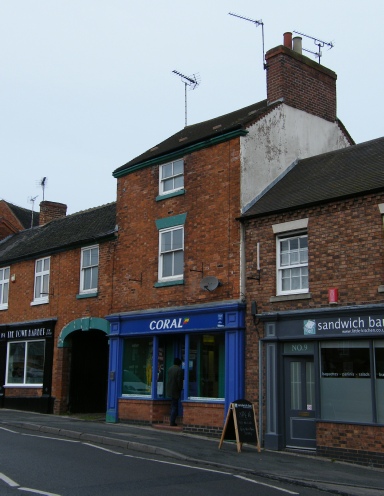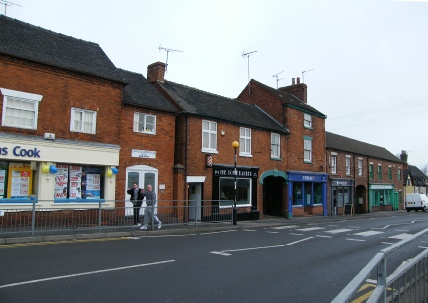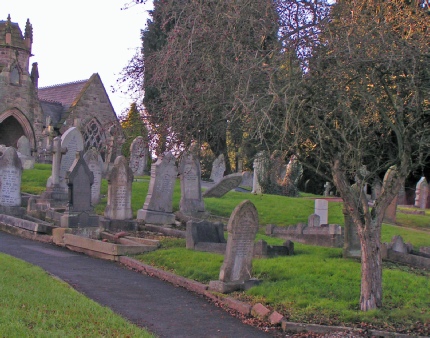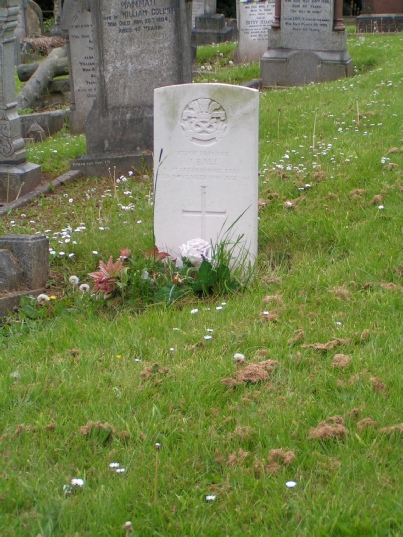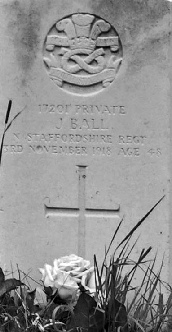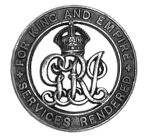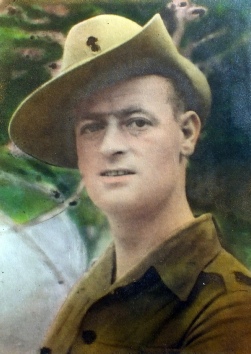|
|
Source |
||||
|
CWGC |
SDGW |
Uttoxeter Advertiser |
Other |
||
|
Parents |
Joseph Ball |
Yes |
|
|
|
|
Where born |
|
|
|
|
|
|
When born |
1880 |
|
|
1c |
5 |
|
Address |
7 Bradley Street (self) |
|
|
1c |
4 |
|
Bradley Street, Uttoxeter |
|
|
1b |
|
|
|
32, Church Street (wife, after the war) |
Yes |
|
|
|
|
|
Spouse |
Mary Ball |
Yes |
|
|
|
|
Mary Ann Brassington |
|
|
|
9 |
|
|
Children |
9 |
|
|
|
|
|
Employment Before Joining up |
Moulder at Messrs Bamford |
|
|
1c |
4 |
|
Where Enlisted |
Uttoxeter |
|
|
51d |
|
|
Regiment |
North Staffordshire (Prince of Wales’s) |
|
|
|
|
|
Unit |
8th Bn |
|
|
|
|
|
Rank |
Private |
Yes |
|
1b 1c |
4 |
|
Corporal |
|
|
|
3 |
|
|
Service Number |
17201 |
Yes |
|
|
3 |
|
Date of Death |
3 Nov 1918 |
Yes |
|
1c |
4 3 |
|
Age at time of death |
48 |
Yes |
|
1c |
4 |
|
Where Killed or died |
England – Hartshill Infirmary |
|
|
1c |
4 |
|
How he died |
Illness |
|
|
1c |
|
|
Location of Grave or Memorial |
Uttoxeter Cemetery - |
Yes |
|
|
|
|
Awards |
1915 Star (Roll F/10 B4 Page 590) |
|
|
|
3 |
|
Victory Medal (Roll F/104 B 23 Page 2850) |
|
|
|
3 |
|
|
British Medal (Roll F/104 B 23 Page 2850) |
|
|
|
3 |
|
|
Silver War Badge List F/A/181 |
|
|
|
3 |
|
